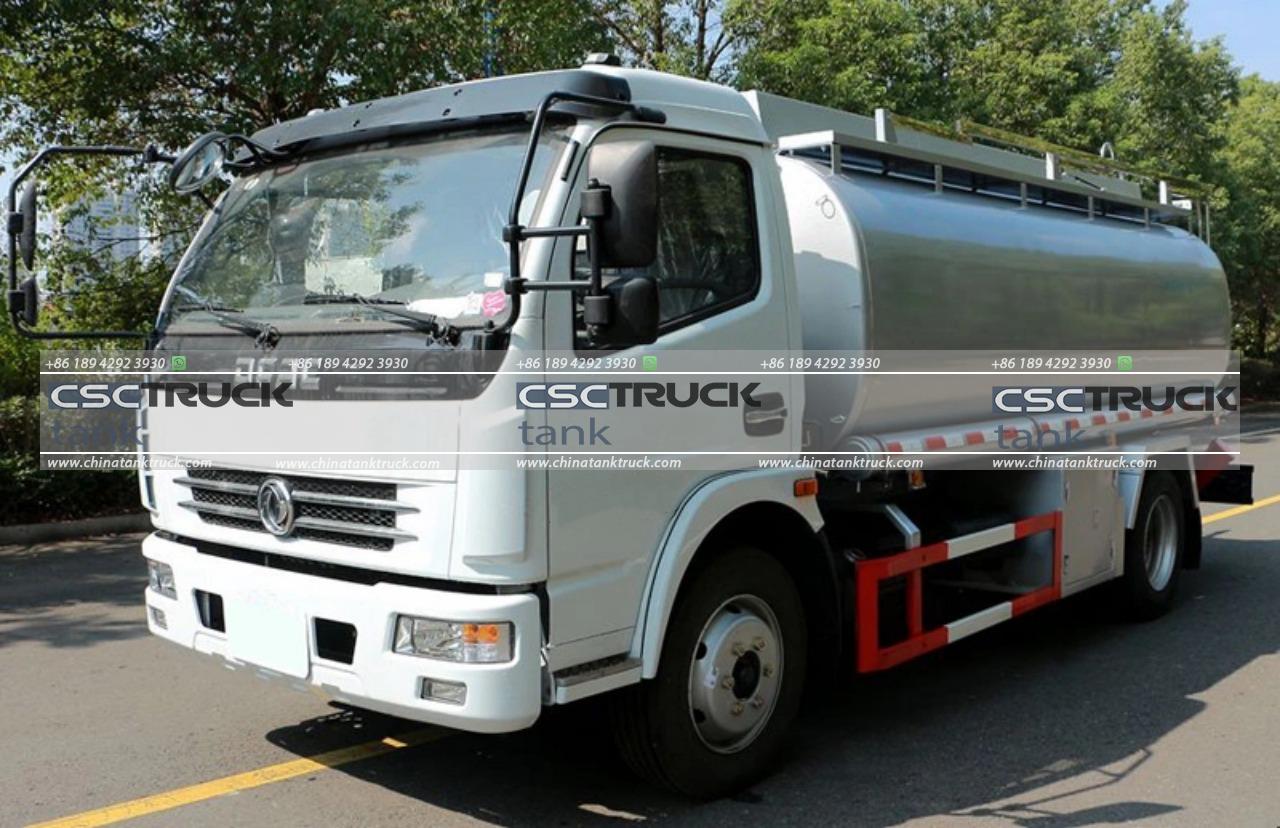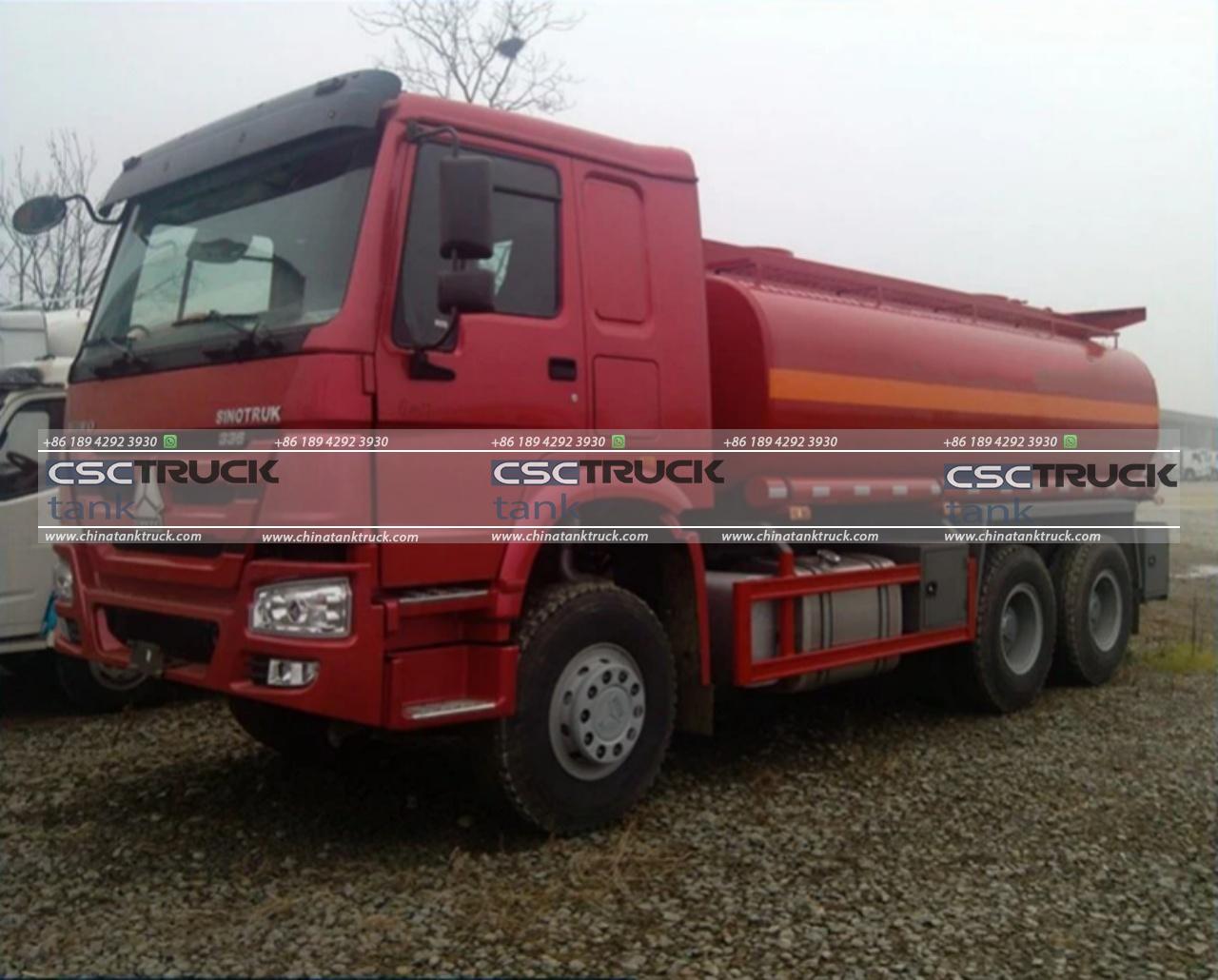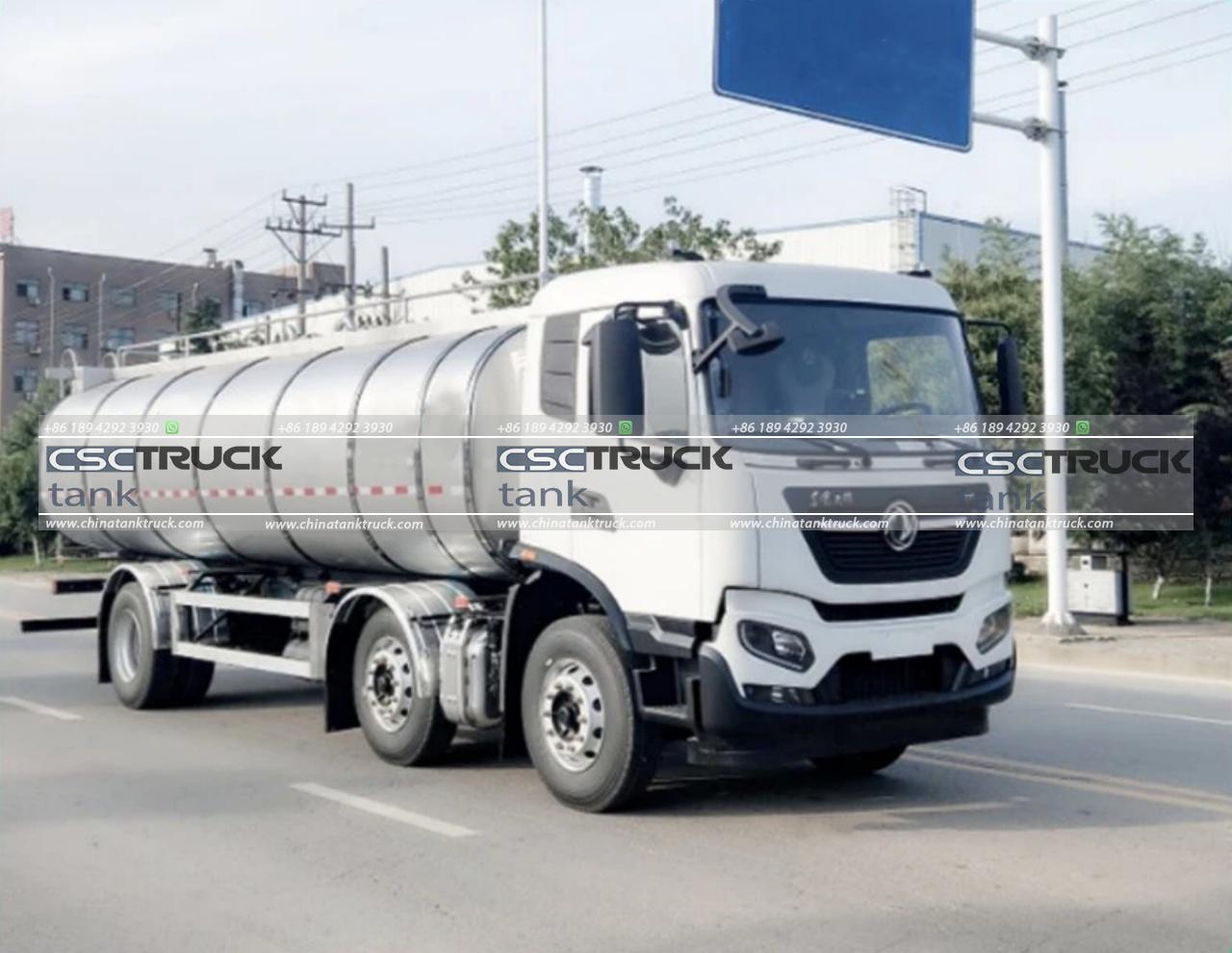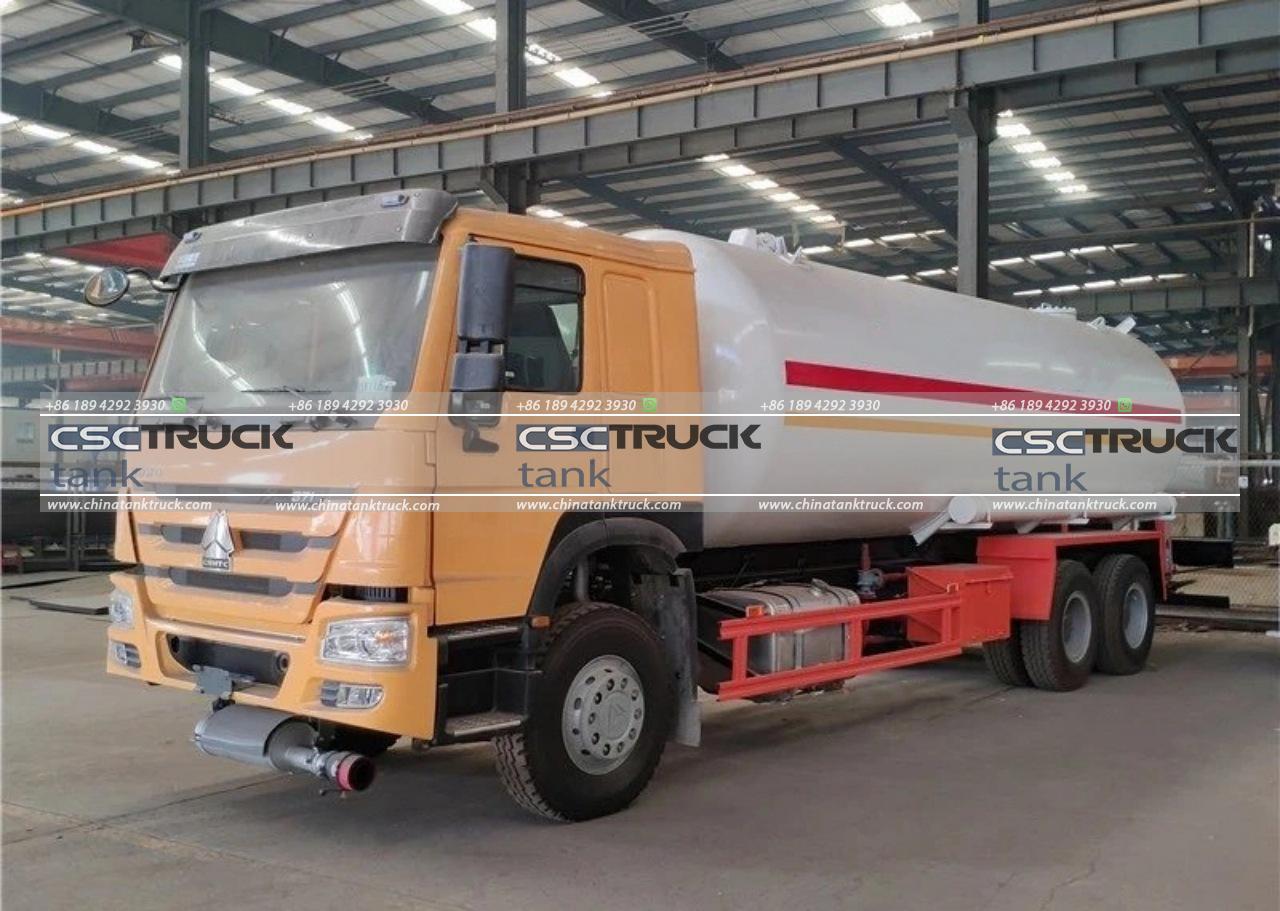What is the Load Capacity of a Tanker Truck?
Tanker trucks are a vital part of the transportation infrastructure, carrying a variety of liquids and gases ranging from petroleum products to food-grade liquids and industrial chemicals. Understanding the load capacity of these vehicles is crucial for optimizing logistics, ensuring safety, and adhering to legal regulations. This article delves into the factors influencing the load capacity of tanker trucks, types of tanker trucks, and considerations for maximizing their efficiency.
Types of Tanker Trucks
Tanker trucks come in various types, each designed to carry specific types of cargo. The main categories include:
1. Fuel Tankers: Used for transporting gasoline, diesel, and other fuels. These tankers are typically made of aluminum or steel to withstand the corrosive nature of petroleum products.

2. Chemical Tankers: Designed to carry hazardous materials and chemicals. These tankers often have specialized linings and safety features to prevent leaks and spills.

3. Food-Grade Tankers: Used for transporting consumable liquids such as milk, juice, and wine. They are constructed with stainless steel to maintain hygiene and prevent contamination.

4. Gas Tankers: Used for transporting liquefied gases like propane and natural gas. These tankers are built to handle high pressures and low temperatures.

Factors Influencing Load Capacity
The load capacity of a tanker truck is determined by several factors, including the type of liquid or gas being transported, the truck’s design, and legal restrictions.
1. Volume Capacity
The volume capacity of a tanker truck is measured in gallons or liters and is a primary determinant of its load capacity. This capacity can range from a few thousand gallons for small tanker trucks to over 11,000 gallons for larger models. For instance, a typical fuel tanker can carry between 9,000 to 11,500 gallons of fuel.
2. Weight Capacity
While volume is important, the weight capacity is often the limiting factor. Different liquids have different densities, which affects the overall weight of the cargo. For example, water weighs approximately 8.34 pounds per gallon, while gasoline weighs about 6.3 pounds per gallon. Thus, a tanker truck might reach its weight limit before filling its volume capacity, especially with denser liquids.
3. Truck Design
The design of the tanker truck, including the material used for construction and the number of compartments, influences its load capacity. Compartments help in balancing the load and preventing liquid surge during transit, which enhances stability and safety. The material of the tank (steel, aluminum, stainless steel) also impacts the weight of the truck itself, thereby affecting the overall load capacity.
4. Legal Restrictions
Regulations regarding maximum allowable weight vary by region and play a significant role in determining load capacity. In the United States, the Federal Highway Administration (FHWA) sets a maximum gross vehicle weight (GVW) of 80,000 pounds for trucks on interstate highways. This includes the weight of the truck, the tank, and the cargo. Similar regulations exist in other countries, influencing how much a tanker truck can legally carry.
Calculating Load Capacity
To calculate the load capacity of a tanker truck, one must consider both the volume and weight limits. Here’s a simplified example:
1. Determine the volume capacity: Suppose a tanker has a volume capacity of 10,000 gallons.
2. Identify the liquid’s density: Assume the liquid is gasoline with a density of 6.3 pounds per gallon.
3. Calculate the total weight:
Total weight = Volume capacity × Liquid density
Total weight = 10,000 gallons × 6.3 pounds/gallon
Total weight = 63,000 pounds
4. Check against weight capacity: If the truck’s maximum allowable load is 80,000 pounds and the truck itself weighs 20,000 pounds when empty, the maximum load it can carry is:
Maximum load = Maximum allowable weight – Truck weight
Maximum load = 80,000 pounds – 20,000 pounds
Maximum load = 60,000 pounds
In this case, the truck would need to carry less than its volume capacity due to the weight limit.
Optimizing Load Capacity
To maximize the efficiency of tanker trucks, companies employ several strategies:
1. Proper Route Planning
Efficient route planning minimizes the distance traveled and reduces fuel consumption, allowing for optimal load distribution and increased profitability.
2. Regular Maintenance
Regular maintenance ensures that the truck operates efficiently, preventing breakdowns that could lead to costly delays and potential safety hazards. Properly maintained trucks can also carry their maximum load capacity safely.
3. Technological Integration
Modern tanker trucks often incorporate technology such as GPS tracking, automated load distribution systems, and real-time monitoring to optimize load management. These technologies help in maintaining balance, ensuring safety, and improving overall efficiency.
4. Training and Safety
Driver training is crucial for handling tanker trucks, especially when dealing with hazardous materials. Proper training ensures that drivers can manage the vehicle’s load effectively and respond to emergencies, enhancing both safety and efficiency.
Conclusion
The load capacity of a tanker truck is a multifaceted parameter influenced by volume, weight, truck design, and legal restrictions. Understanding these factors is essential for optimizing the use of tanker trucks in various industries. By focusing on efficient load management, regular maintenance, and integrating advanced technologies, companies can maximize the load capacity and operational efficiency of their tanker fleets, ensuring safe and cost-effective transportation of liquids and gases.

